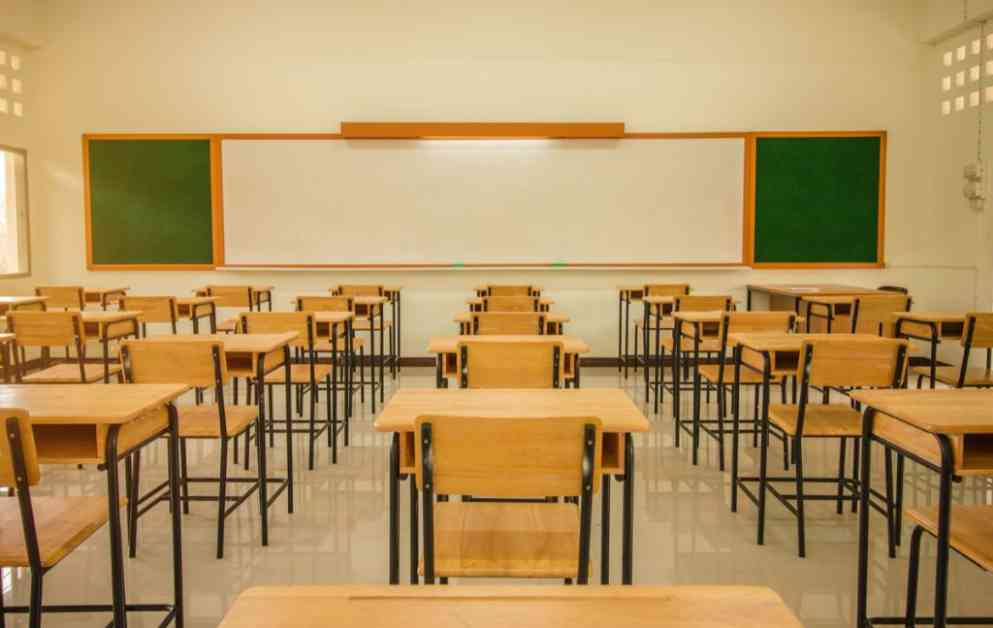Ireland’s Education System Facing Challenges in Funding and Teacher Recruitment
The 2024 OECD Education at a Glance report has shed light on Ireland’s standing in terms of education spending among 34 countries, painting a concerning picture for the nation’s education system. According to the report, Ireland ranks at the bottom in terms of the proportion of GDP invested in education, highlighting a significant gap in funding compared to OECD and EU averages.
Investment in Second-Level Education
In 2021, Ireland allocated a mere 0.9 per cent of its GDP towards second-level education, significantly lower than the OECD and EU averages of 1.9 per cent. This translates to an annual funding gap of nearly $1,000 per second-level student when compared to the OECD average. Such a shortfall in investment raises questions about the government’s commitment to providing quality education for its students.
Overall Education Investment
When considering investment in education from primary to tertiary levels, Ireland invested 2.9 per cent of its GDP, falling short of the OECD average of 4.9 per cent and the EU average of 4.4 per cent. This disparity in funding underscores the need for increased financial support to ensure that students at all levels receive the resources and opportunities they deserve.
ASTI General Secretary Kieran Christie expressed disappointment in Ireland’s ranking, emphasizing the urgent need for the government to address the investment gap. Christie highlighted the importance of adequate funding to support modern curricula that require practical, scientific, and experiential learning experiences for students. Without sufficient resources, overcrowded classrooms and under-resourced schools hinder the delivery of quality education.
Teacher Recruitment Challenges
In addition to funding issues, Ireland faces challenges in teacher recruitment and retention. The report reveals that Ireland falls below the OECD average in terms of starting salary for teachers, exacerbating the teacher supply crisis. Concerns over the lack of permanent teaching positions, the length of the teachers’ pay scale, and excessive teacher workload further compound the challenges faced by educators in Ireland.
Investing in Education Yields High Returns
Despite the challenges, investing in education yields high returns for both individuals and society. Higher levels of education lead to increased earning power, greater employability, and enhanced adaptability to evolving digital technologies such as AI. Societal benefits include heightened environmental awareness, improved social cohesion, and greater equity, underscoring the importance of prioritizing education funding.
Time Spent Teaching
The report also highlights the amount of time spent teaching in Ireland compared to the EU and OECD averages. Second-level teachers in Ireland dedicate more time to classroom instruction than the EU average, indicating a commitment to supporting student learning. Additionally, when lower and upper second-level education are combined, Irish teachers spend more time in the classroom compared to the OECD average, reflecting a strong focus on student engagement and academic achievement.
Addressing Challenges in Irish Education
In light of the findings from the OECD report, it is evident that Irish education faces significant challenges that must be addressed promptly. ASTI General Secretary Kieran Christie emphasized the need to prioritize education funding in the upcoming Budget 2025 to bridge the investment gap with other countries. Ensuring that students have access to high-quality education experiences is crucial for their future success and societal well-being.
Subheadings:












